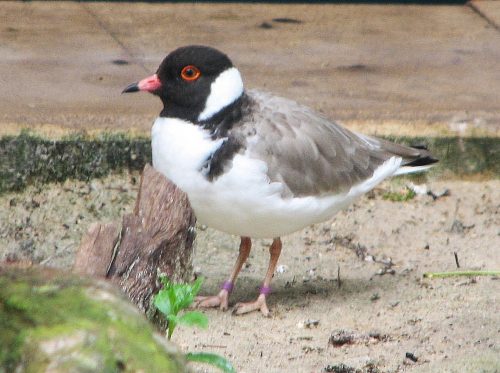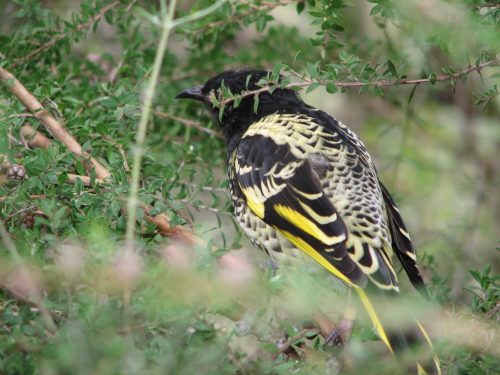Learn more about Australian Birds
I have been a member of Birdlife Australia for many decades.
I joined during the first Atlas of Australian Birds was compiled in the late 1970s and early 1980s. I contributed many hundreds of bird records to this atlas. Some years later I added many hundreds of sightings during the follow-up for the New Atlas of Australian Birds between 1998 and 2002. I continue to contribute bird sightings via their database on their website, Birdata.
There are many benefits to becoming a member, including subscription to a colourful and informative quarterly magazine. I love reading this journal every time it arrives in the mail. Membership also includes discounts on certain products and involvement in some of their projects.
One of the ongoing projects involves the Threatened Bird Network. Participants can get involved in many ways, and this can not only help you to get to know our birds better, it helps the bird species which need our help. To find out the type of projects that you can get involved with, check out their newsletters which can be downloaded to read. They also have pages dedicated to our threatened bird species. If you do not have the time, or are not able to help physically, you can always donate towards the conservation of our wonderful birds.
Information sheets
One feature of their website which is easily overlooked is the list of Information Sheets. This can be found near the bottom of each page. Several sheets are available to be downloaded as PDF files. They include:
- help in choosing binoculars
- attracting birds to your garden
- bird watching for beginners
World record set by birder
I regard myself as a devoted and keen birder. I am not a twitcher – I usually can’t be bothered going to see a rare bird even if it occurred a few kilometres away from home. I am not a fanatic – I do have other interests (too many in fact). I do not go racing all over the countryside in order to see birds.
But I am a lister of birds seen. I keep day lists, month lists, year lists and a life list. None of them are very big because I do not regard birding some kind of competition or race to see the most species. I do keep all of my sightings on a database stretching back as far as 1977. I guess that is bordering on fanaticism.
I do admire birders who dedicate a whole year to seeing as many species as possible. Even more, I envy birders who have had the opportunity to travel to almost every country of the world in order to make a life list of thousands of species. Their single mindedness to the task is admirable, and I hope that they have fun doing it.
Until a few days ago I had not heard of world record holder for having seen the most bird species on a global scale. I had read about a previous record holder Phoebe Snetsinger, but the name of Tom Gullick was a new one to me. At age 81, this dedicated Englishman is the first person to have seen over 9000 different bird species in a lifetime. You can read about him here.
With a world wide life list hovering around just over 400 species, I have a long way to go to catch up. I haven’t even seen half of Australia’s bird species yet. [Sigh]
Black-backed Magpies
Australian Magpies are widespread throughout the both rural and urban areas. The magpie is one of our most recognised bird species. What many people don’t realise is that there are several distinct sub-species of the Australian Magpie. These were once recognised as distinct species, but more recently have been lumped together as one species. I discuss this issue here. In essence, they are now recognised as one species because they interbreed in the wild. The three races were Black-backed, White-backed and Western Magpies.
While in Sydney recently I managed to get several good photos of the Black-backed race of Magpies. One of these is shown above. The bird on the right is being fed by the adult on the left. The photo was taken in Lane Cove National Park, Sydney.


